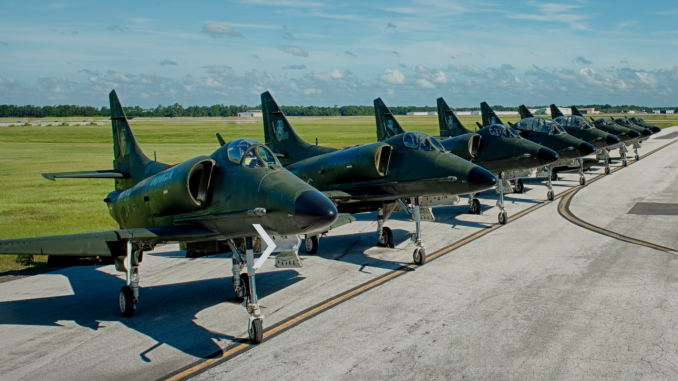
Draken International – Back to the Future
by Richard Mallory Allnutt
When you step inside Draken International’s cavernous maintenance hangar in Lakeland, Florida, it is like venturing back in time. Numerous Cold War-era jets are stored or undergoing refit within its walls, and the parts shelves are stacked to bursting with a highly organized supply of spares, almost as if it were a military version of a Costco warehouse. Rather than stepping back in time though, this is more like stepping ‘Back to the Future’. For this building is home to the world’s largest and fastest growing fleet of civilian-operated military adversary jets. Draken International, along with a small number of similar companies, has gone from strength-to-strength in the modern era, where nations around the globe are streamlining their military spending by privatizing some aspects of their non-combat operations, like tactical adversary training.
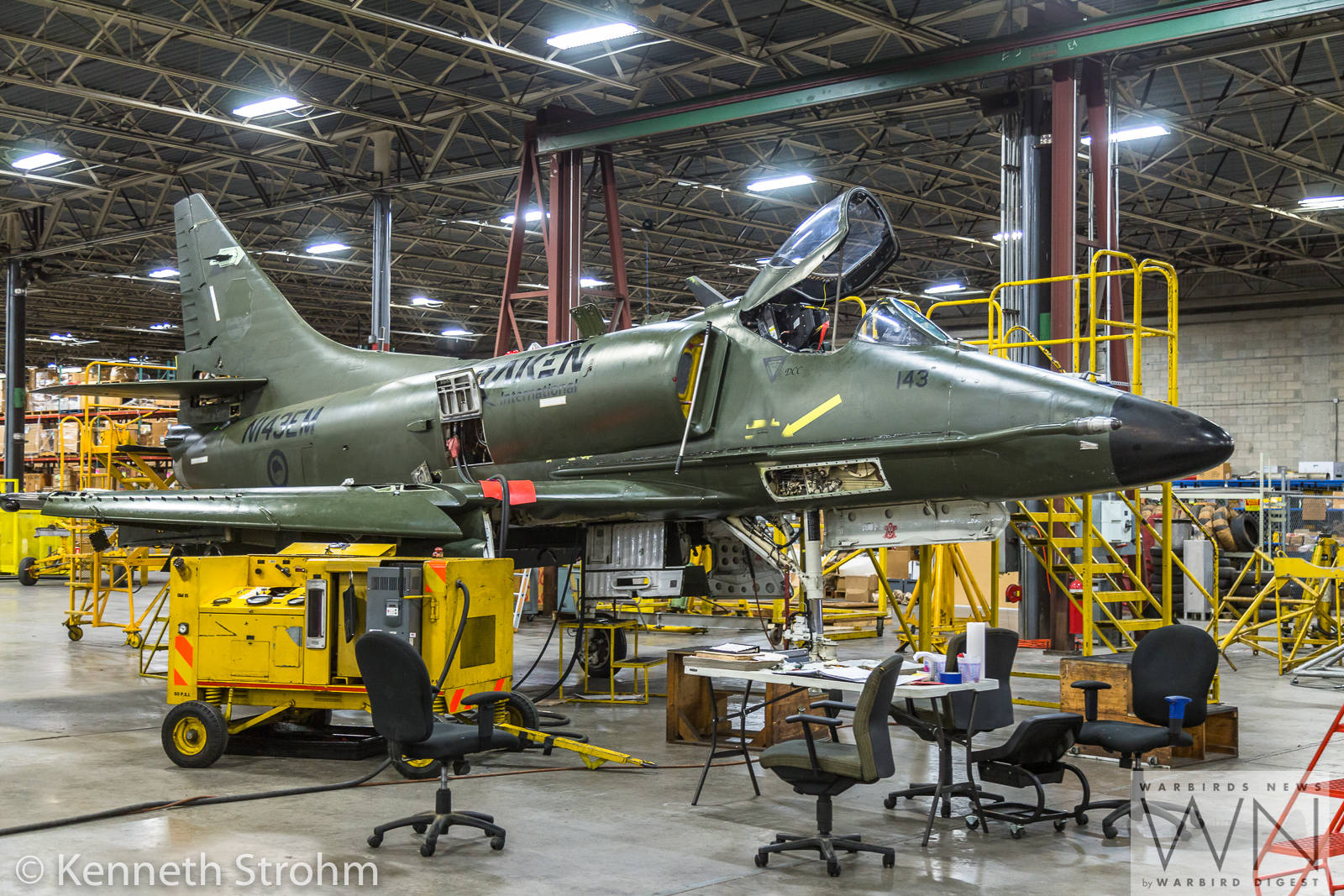
The financial benefits for the military to contract out this work are many-fold, as it saves the wear and tear on active duty, front-line aircraft which would otherwise be employed in the job. The cost savings are enormous; a Draken International jet costs the taxpayer roughly 20% of what a standard front line U.S. military jet, like an F-16, would cost to operate… and as little as 10% in comparison to a 5th generation type like the F-35. Quite simply, it is a much more expedient and cost-effective way of doing business to contract out the work to a company like Draken International. The tax-payer no longer has the year-round burden of owning a large fleet of adversary aircraft, nor the cost of employing the highly skilled personnel involved in maintaining and flying them.
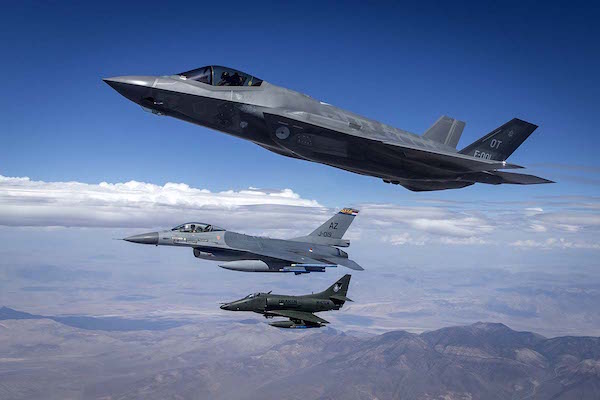
Draken International is an à la carte, on-demand service which can deploy a sophisticated array of assets almost anywhere they are needed. They offer many different and highly specific services, too numerous to list here. It essentially covers everything from Red Air adversary combat training, think “Viper” in the movie Top Gun for those of you needing to picture it, to something as nuanced as Fleet Missile Defense, where Draken International’s multiple, supersonic assets can accurately simulate anti-ship missiles attacking a fleet from many directions at once and therefore effectively train the ship’s crews to cope with the threat in as near to a real-world environment as possible, especially if they add in Draken’s electronic warfare component.
An additional benefit to the tax-payer is that most of the aircrew and maintenance personnel are retired ex-U.S. military, so their years of experience and expensive training are still providing a valuable service to the nation in helping to maintain military readiness. They describe their hiring practices as follows…
“Draken International employs world-class, military-trained Fighter Pilots. The team is comprised of an elite cadre of USAF Weapons School Instructors, Fighter Weapons School Graduates, TOP GUN Instructors, US Navy Aggressors, Air Liaison Officers, Thunderbirds Demonstration Pilots, and FAC-A Instructors. Our tactical experts have the experience to challenge today’s warriors for tomorrow’s fight while continuing to sharpen America’s edge in current operations around the globe.
Safety and security are our top and immediate priorities. Our fleet of aircraft have been expertly maintained and inspected prior to gaining their airworthiness certifications. Draken maintenance technicians engage in FAA flight safety meetings and scheduled proficiency seminars and have decades of experience and training to ensure safety is at the center of their decision making matrix. Security is paramount and is why Draken International conforms to the same standards that are found at any military installation or government organization. Personal, physical and electronic security standards far exceed the government standards and today’s industry standards.”
There are roughly a hundred aircraft in the Draken inventory, with about 80 of them being active. They operate seven different ex-military types currently as follows: McDonnell Douglas A-4K Skyhawk, Mikoyan-Gurevich MiG-21BIS, the Aerovodochody L-39 and L-159E, Aermacchi MB-339CB, and soon the Atlas Cheetah and Mirage F1M.
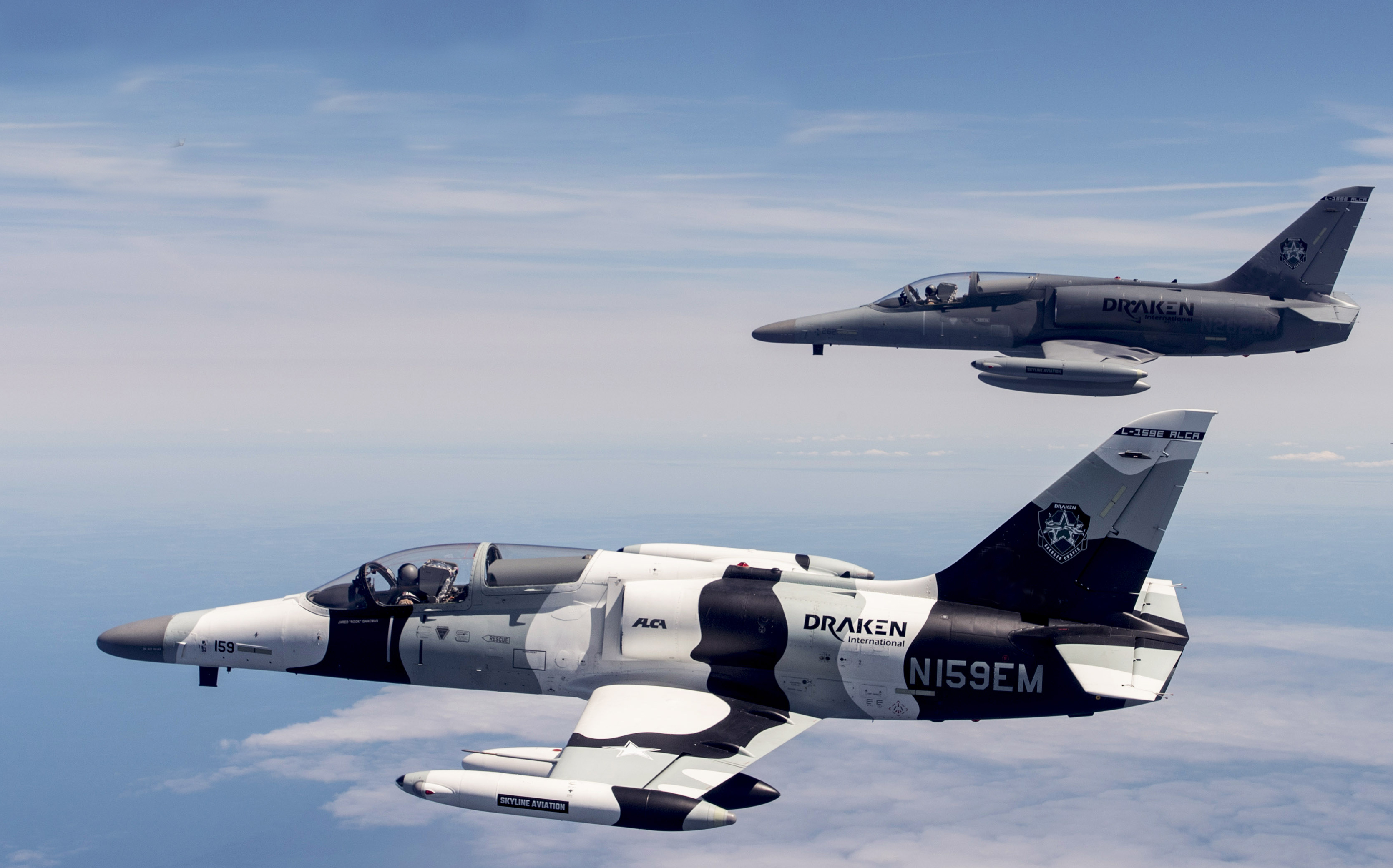
According to Jeff Scott, Draken’s Director of Marine Operations, “Draken provides the professional threat replication with advanced radars and top notch pilots, not just metal in the sky, but a more threat representative adversary.” Draken is currently the only contract air provider approved to support the USAF Fighter Weapons School, and has supported 5th Generation training more than any other contract air provider, including F-22, F-35A, and F-35B aircraft from the United States Air Force, USMC and the Royal Netherlands Air Force.
Scott, a former USMC weapons school instructor, and F-35B pilot stated, “Draken uses former weapons school graduates and instructors from MAWTS-1, Top Gun, and USAF Fighter Weapons School as well as former and current Aggressor pilots from all of the services.” Draken is also currently the only contract air provider authorized to conduct unlimited maneuvering against the Department of Defense. “Draken flies the full spectrum of adversary support, including initial training units like the USAF F-35A training squadrons at Luke Air Force Base all the way up to USAF Fighter Weapons School, Red Flag events, and exercises like Winter Fury where radar and night capability are needed to replicate higher end threats. It was a pleasure supporting Marines and great to be a part of such an outstanding exercise,” said Scott.
WarbirdsNews founder, Moreno Aguiari, made a trip to Draken International’s headquarters in Lakeland, Florida recently, and sat down with Maj.Gen. H.D. “Jake” Polumbo USAF (Ret’d.). General Polumbo wh0 assists Draken with its Global Strategy and Business Development. Maj. Gen Polumbo’s military achievements are legion, and readers should really check out his full military bio HERE. As far as his flight experience goes, a key takeaway in his bio is as follows… “[Gen.Polumbo has] 4,000 flying hours in all blocks of the F-16 Fighting Falcon, including combat sorties in Operation Northern Watch. He also holds the distinction as the first Air Force general officer to fly the U-2S in combat and completed 21 operational U-2 missions in Operations Enduring and Iraqi Freedom. The General also flew combat missions in the MC-12W weapon system during Operation Enduring Freedom.”

And the interview with General “Jake” Polumbo continues……
WN: “Given your recent acquisitions of L-159s, as well as the Cheetahs and Mirages, is there any chance the MiG-21s will ever be brought into service?”
JP: “It’s unlikely that any customer is going to ask for the MiG-21 in Red Air presentations. However Draken has a regeneration plan that would allow us to get the jets flying in 12-13 months if needed. It’s simply that there is no request for this type of aircraft. The feedback from the client is that the MiG-21 has such a short coverage (range), especially at high speed and high power settings [after all the MiG-21 was developed as a cold war interceptor – Ed.]
WN: “Your deployment to Leeuwarden in June/July 2017 seems to have been quite a success. Do you foresee continued work with Skyline Aviation in the future? Perhaps establishing a permanent Det in Europe?” [Skyline Aviation is a Netherlands based company which provides high performance aircraft support to government and corporate clients]
JP: “Skyline has been a terrific partner. We actually sat with them two years ago at the Farnborough International Airshow and worked up this partnership in such a way that Draken could use a European entity to allow us to make the contractual arrangements. We successfully deployed our airplanes ( only L-159s) to the Royal Netherlands Air Force (RNLAF) weapon school at Leeuwarden Air Base. It was a successful deployment and the customer was happy. At the moment Draken has 5 airplanes ( 3 A-4 Skyhawk and 2 MB-339) deployed at Reims – Champagne Air Base (French: Base aérienne 112 Reims-Champagne) in support of the French Navy. This Draken detachment has been in operation for a couple of years now.”
WN: “Given the explosion of the contract air support in the U.S., Canada, and northwest Europe, is there a possibility of expanding into Eastern Europe, Balkans, or even Asia?”
JP: “My expectation is that Eastern Europe is unlikely, just because of the logistical issues with the supply chain [distance from home base Ed.]. Also in order for Draken to operate in another country the requirement is to develop a partnership with somebody local, and that hasn’t been developed yet. In the Pacific, the US Air National Guard has signed a five year contract with Draken. We have also supported the Japan Air Self-Defense Force in the U.S. by providing support to test their new defense radar system.”
WN: “What is the evaluation process in order to select a specific airplane type?”
JP: “This is where our CEO Jared Isaacman is a master at surveying the market globally. Any fighter aircraft type that is available on the market in the world is known by Jared and the executive team. They analyze the fleet and go look at those aircraft that fit the future requirements of the U.S. military. And then they look for the sustainability of those aircraft, parts supply, are there available parts in that package [fleet of airplane for sale Ed.] And they look at the life cycle, the life remaining on those air frames and those engines. The company strategy is to acquire airplanes that were already modernized or have the ability to be modernized and to be used in an advanced training scenario, and ultimately to be able to fly regularly with a good, strong supply chain.”
WN: “Do you choose airplanes based on the mission they need to fulfill or is it based on what airplane type is available on the market?
JP: “The answer is both, Draken constantly monitors the market. Draken could purchase a specific type of aircraft based on the customer’s request.”
WN: “Are there types of aircraft that you have tried to purchase but were not able to?”
JP: “Any of the airplanes that Draken was interested in purchasing were investigated, and if it made sense, purchased. However some were too costly and were not a good investment based on the budgets available to Draken’s customers.”
WN: “Has the USAF ever requested a type of aircraft to train/fly against?”
JP: “They are basically asking for airplanes with 4th generation-type capabilities.”
WN: “Do you hire/work with pilots who flew your jets in their respective air arms to train your former USAF personnel to fly and maintain the Russian machines?”
JP: “We primarily hire pilots from the U.S. military services. For the maintenance personnel, we use existing maintenance technicians from the nations we buy the airplanes from to help train our own technicians. In the case of the technicians from New Zealand and the Czech Republic, we ended up hiring some full time because we like to have that pipeline delivery capability. But primarily we like to hire U.S. veterans coming out of the services.”
WN: “What is the reason behind the acquisition of the Mirage and the Cheetahs?”
JP: “The Services are requesting high-fast capability, supersonic capability, with radar that works and long endurance. The Mirages and the Cheetahs are going to have sprint abilities, and will still be able to stay in the training area to support 2-3 strike packages on the range. These aircraft are going to satisfy the needs of our customers, but also give us commonality since the Mirage and the Cheetah use the same engine.”
… and that’s the end of our interview with General Polumbo. We hope you have enjoyed learning a little about this fascinating company!
WarbirdsNews wishes to offer our profound thanks to Sean “Stroker” Gustafson, VP of Business Development, and everyone else who took the time to help us during our visit with Draken International in Lakeland, Florida. It is clear that they are doing important work for the nation and its defense, and we wish them all the best with their plans… especially as they are keeping alive some fascinating aircraft which all of us here have an interest in.
Click on the images below to view the gallery


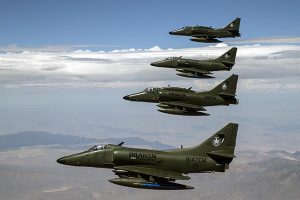
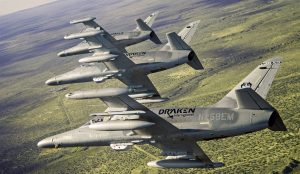
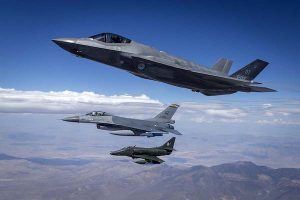
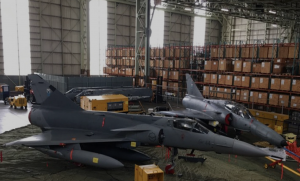
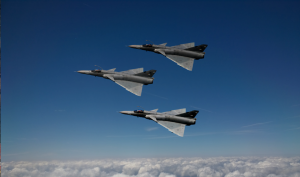
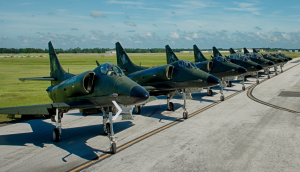
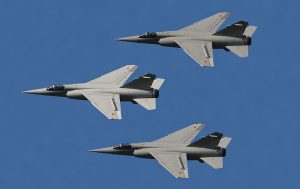
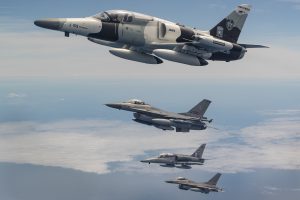
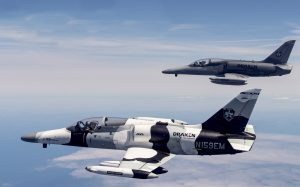
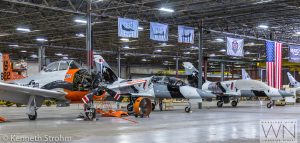

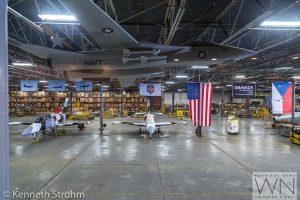
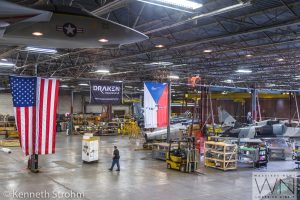
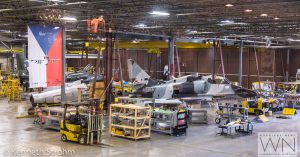

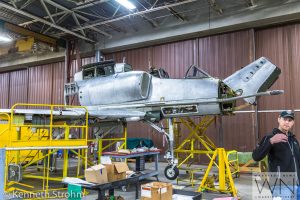
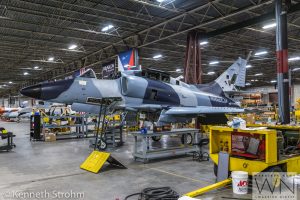
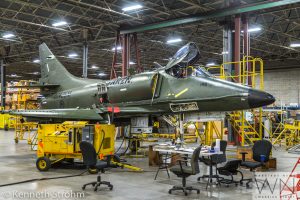
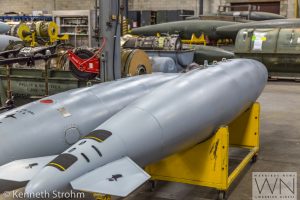
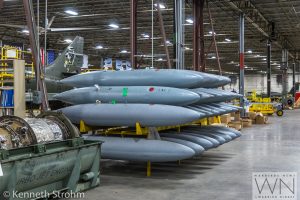

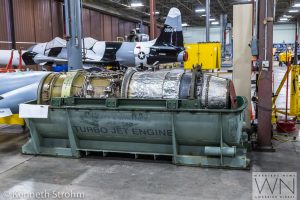

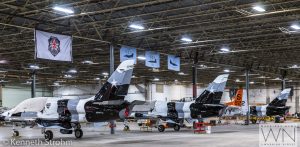

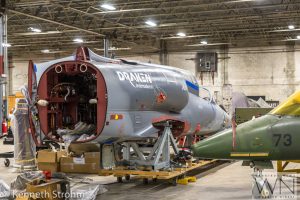
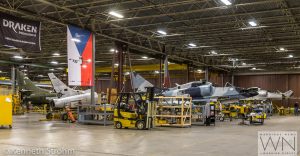
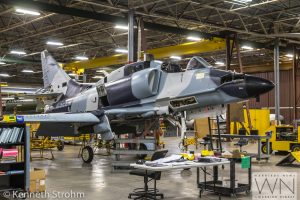
Be the first to comment
Graphic Design, Branding and Aviation Art